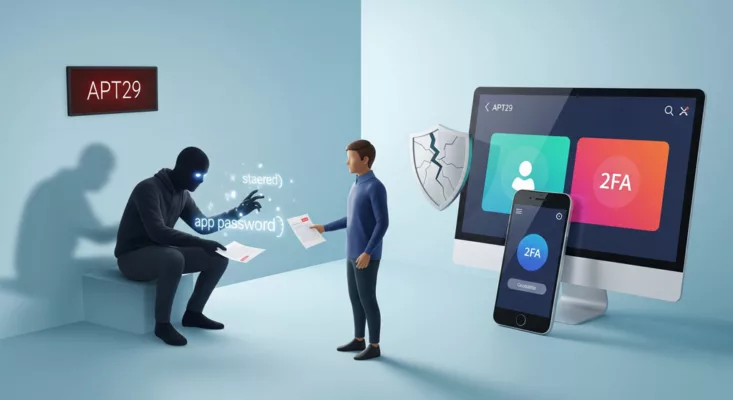Juice Jacking: How to Avoid This Cyberattack Do you often use public USB chargers to recharge your smartphone or tablet? If so, you may be exposing your device to a cyberattack called Juice Jacking. This is a type of attack that can steal your data or infect your device when you use a public USB […]
Stay informed!
Join our community of technology enthusiasts! Subscribe to our newsletter and receive exclusive updates on the latest news, special offers, and tips from Freemindtronic. Stay informed on the latest technology trends, discover new products, and be among the first to take advantage of them. Sign up now by entering your email address below. Don't miss any updates from Freemindtronic!






